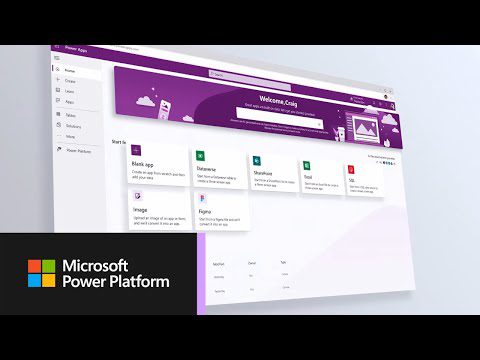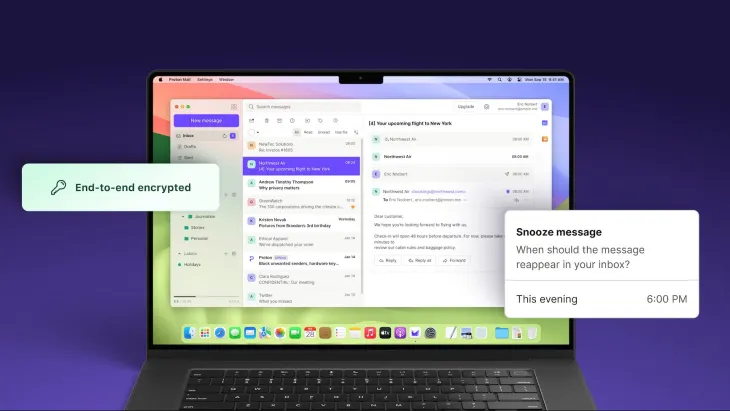At its virtual “Future of Work” event, Microsoft today announced the launch of an AI copilot. Microsoft’s Power Platform AI Copilot is an artificial intelligence-powered tool that assists users in creating and building custom applications. It uses natural language processing and machine learning to understand and interpret user input and then generate code based on that input.

The idea here is to use AI to make using these tools for building line-of-business apps, flows, and bots even easier by allowing users to describe what they want to build using natural language.
The goal of the Power Platform AI Copilot is to make it easier for people with little to no coding experience to create apps by automating the more technical aspects of the process. This tool is particularly useful for people who work in industries that require customized apps, such as healthcare, finance, and education.
“With Copilot, Microsoft Power Platform is bringing AI-powered assistance into Power Apps, Power Virtual Agents, and Power Automate,” Charles Lamanna, Microsoft’s corporate VP for its low code application platform, writes in today’s announcement. “Makers now have a live in-studio copilot that helps them build solutions and provides suggestions for improvement. To build an app, flow, or bot, you can describe it using natural language and the copilot can build it in seconds. It is that easy.”
Also, see: How to Install Git on Windows
At its heart, this is similar to using the new Bing or ChatGPT. You tell the Power Platform Copilot what you want, and then you refine your ideas with the bot in the chat sidebar.
Users can now use sentences like “Create a time and expense application to enable my employees to submit their time and expense reports” in Power Apps, the main low-code tool of the Power Platform, and it will generate this app for them.
However, in addition to creating these user interfaces and integrations with a company’s data sources, the Copilot can also assist users in analyzing and visualizing their data (Microsoft’s example: “What are the most common reasons an inspection fails?”)
Given that Power Virtual Agents is part of the same platform and receives similar updates, it’s perhaps not surprising that it’s now more deeply integrated into Power Apps, allowing developers to add a chatbot to their apps more easily.
The process is similar to Power Automate, Microsoft’s tool for automating workflows, and the company claims that during its preview, customers saw a 50% reduction in the time it took to develop a Power Automate workflow.
One noteworthy feature is that, because the service is integrated with a GPT model, users can now use Power Automate to automatically generate text or have the tool summarize existing documents.
It is important to note that the Power Platform AI Copilot is not a fully autonomous tool that can build an app entirely on its own. Rather, it is a tool that assists users in the app creation process, making it easier and more efficient.
Overall, the Power Platform AI Copilot is an exciting development in the field of app creation, and it has the potential to democratize app development by making it accessible to a wider range of people.
Microsoft describes these features as “experimental previews powered by Azure OpenAI Service with GPT” for the time being and warns that they are not intended for production use. Most users are unlikely to stop using them in production, but Microsoft can say that it warned people when their automated daily content update went haywire.




















